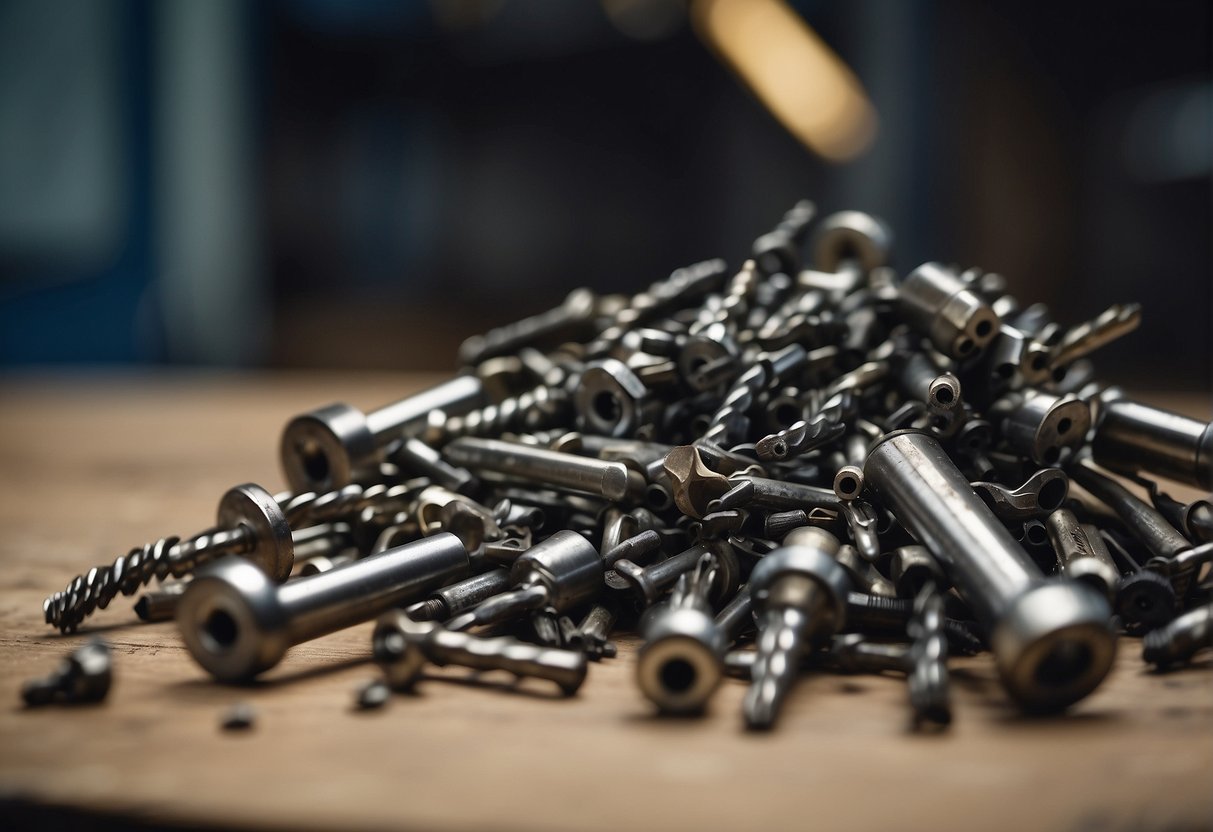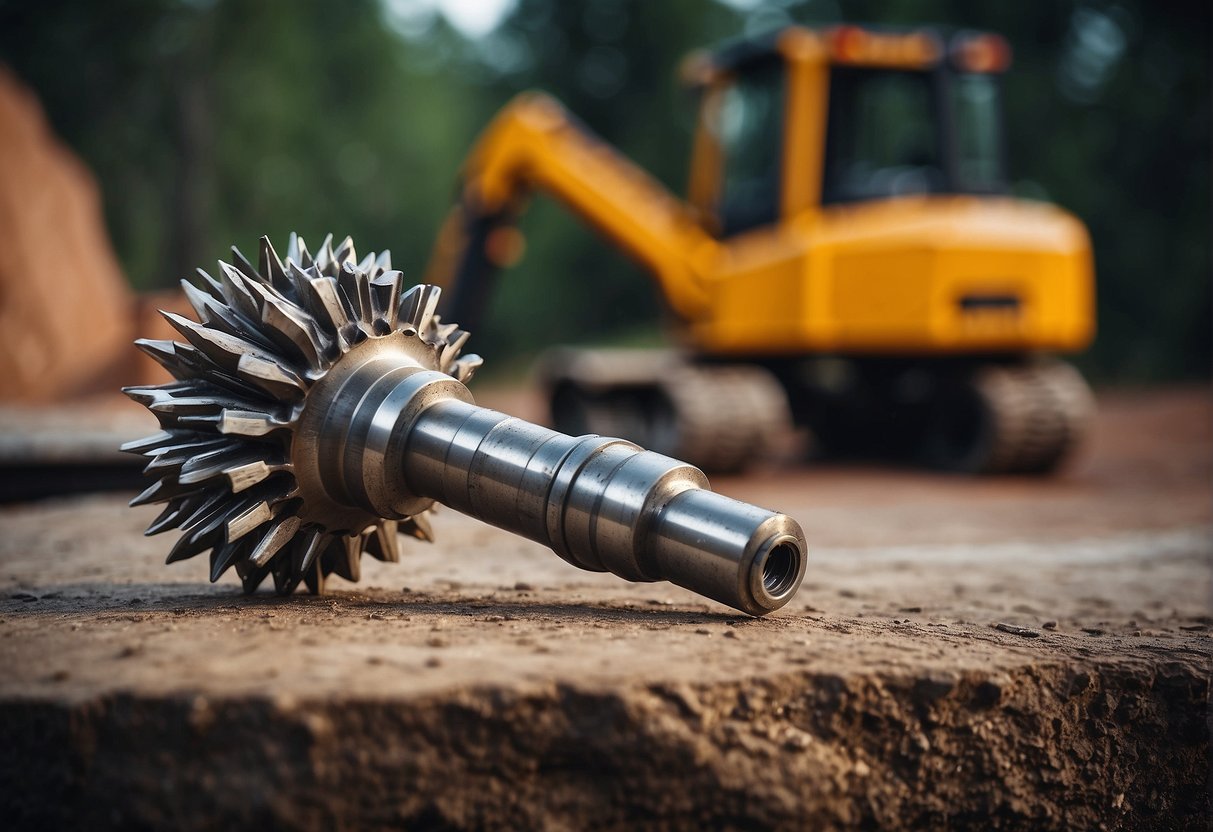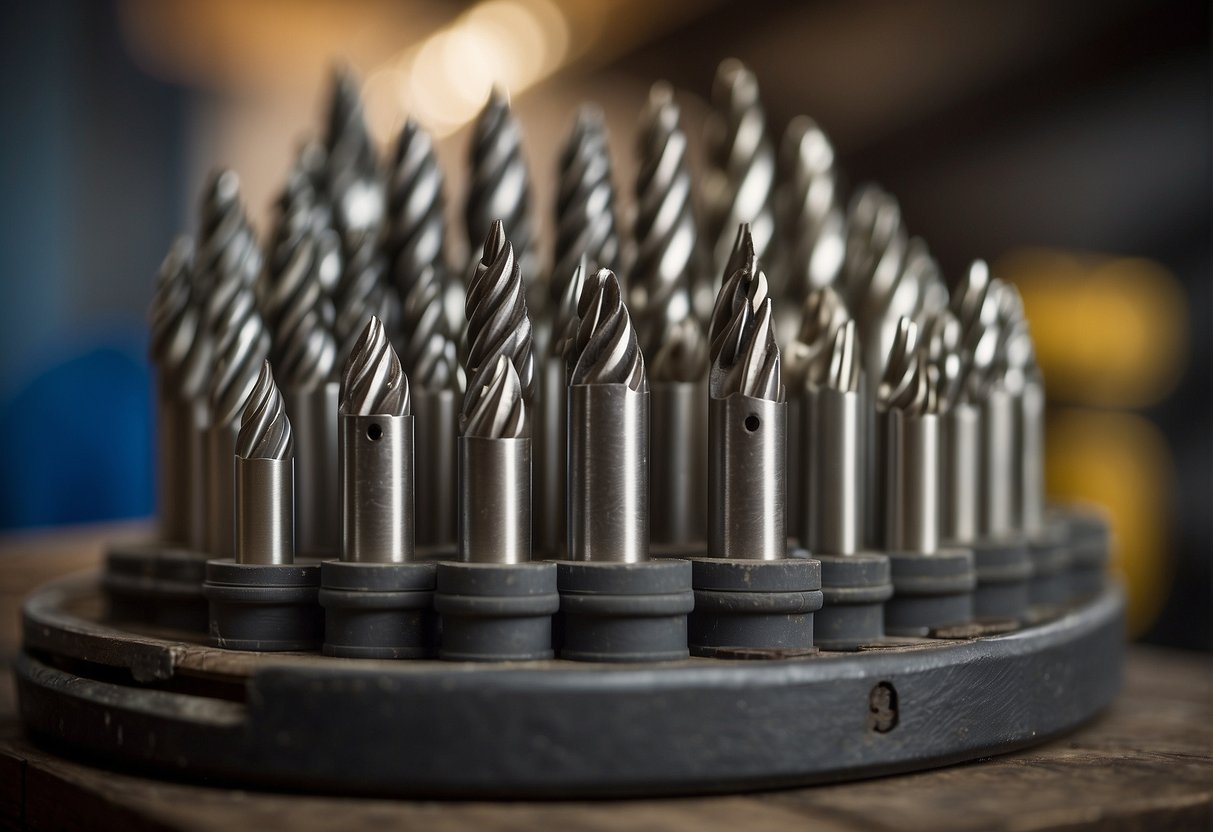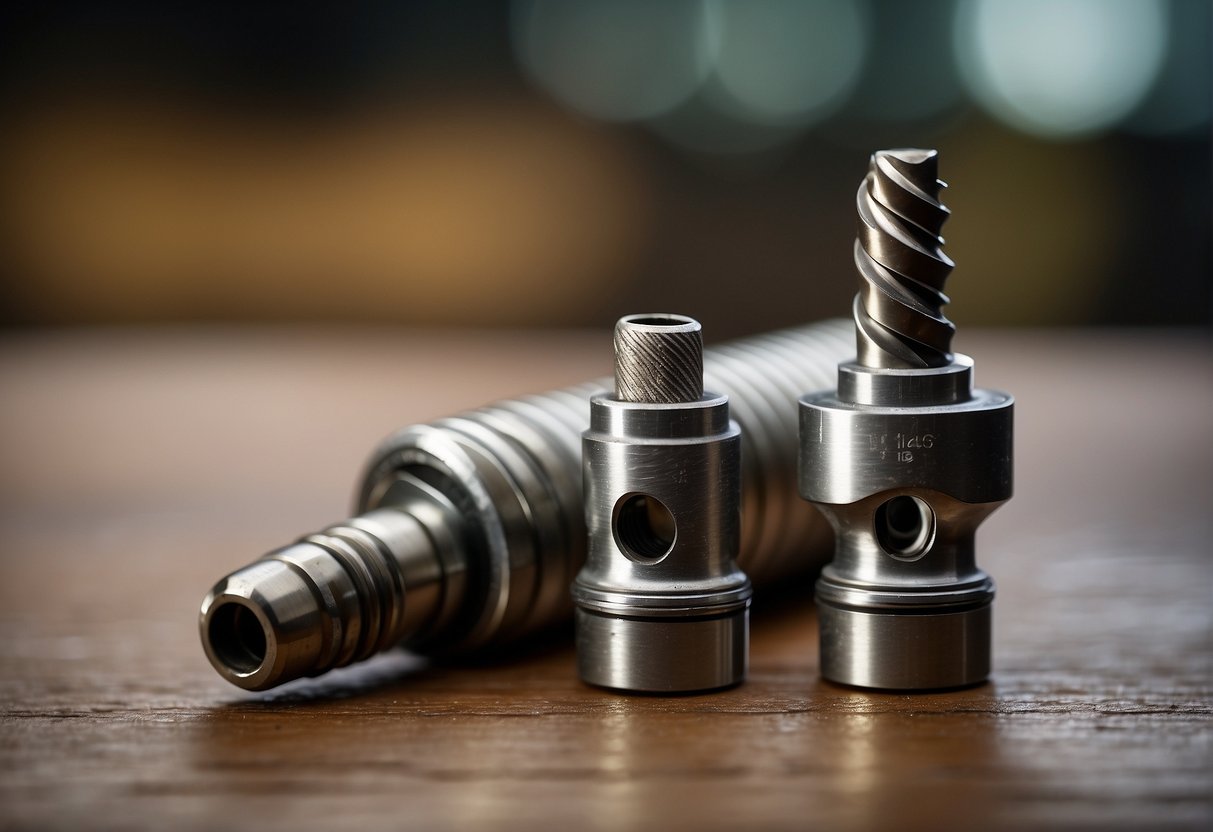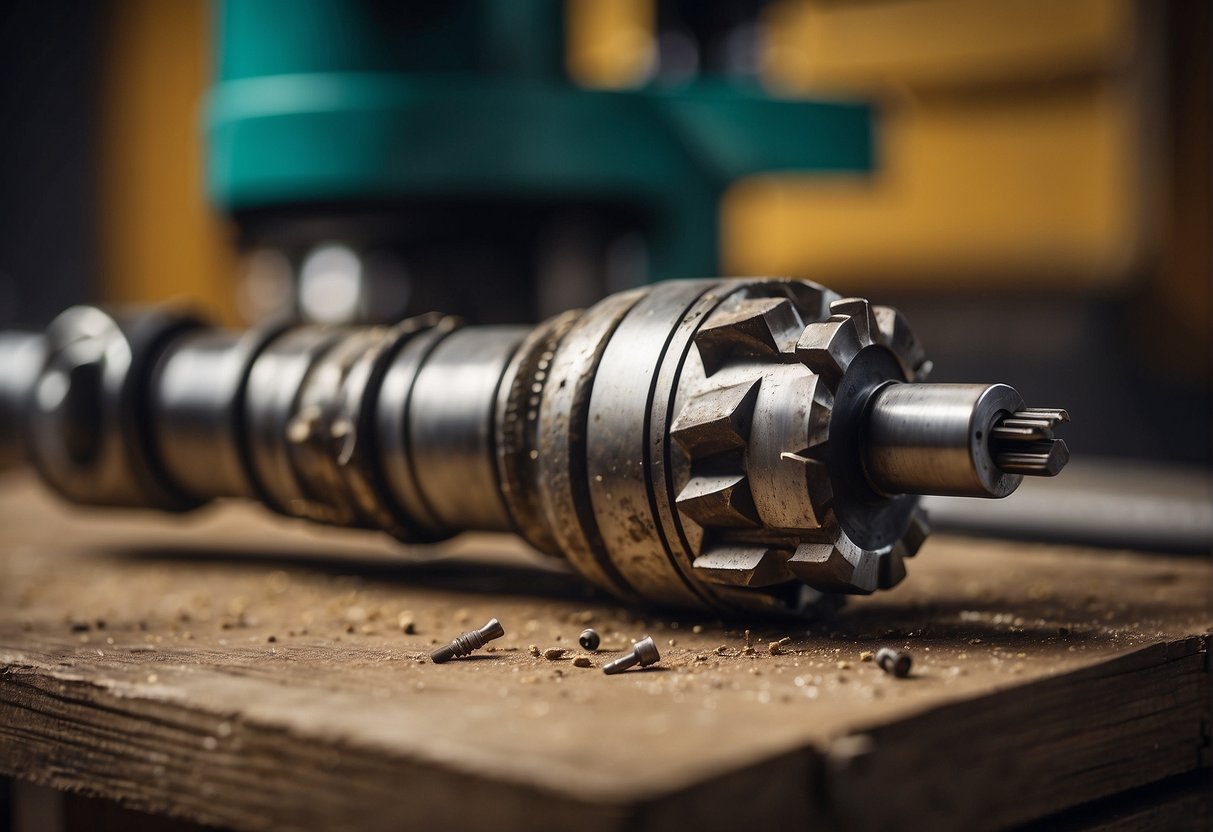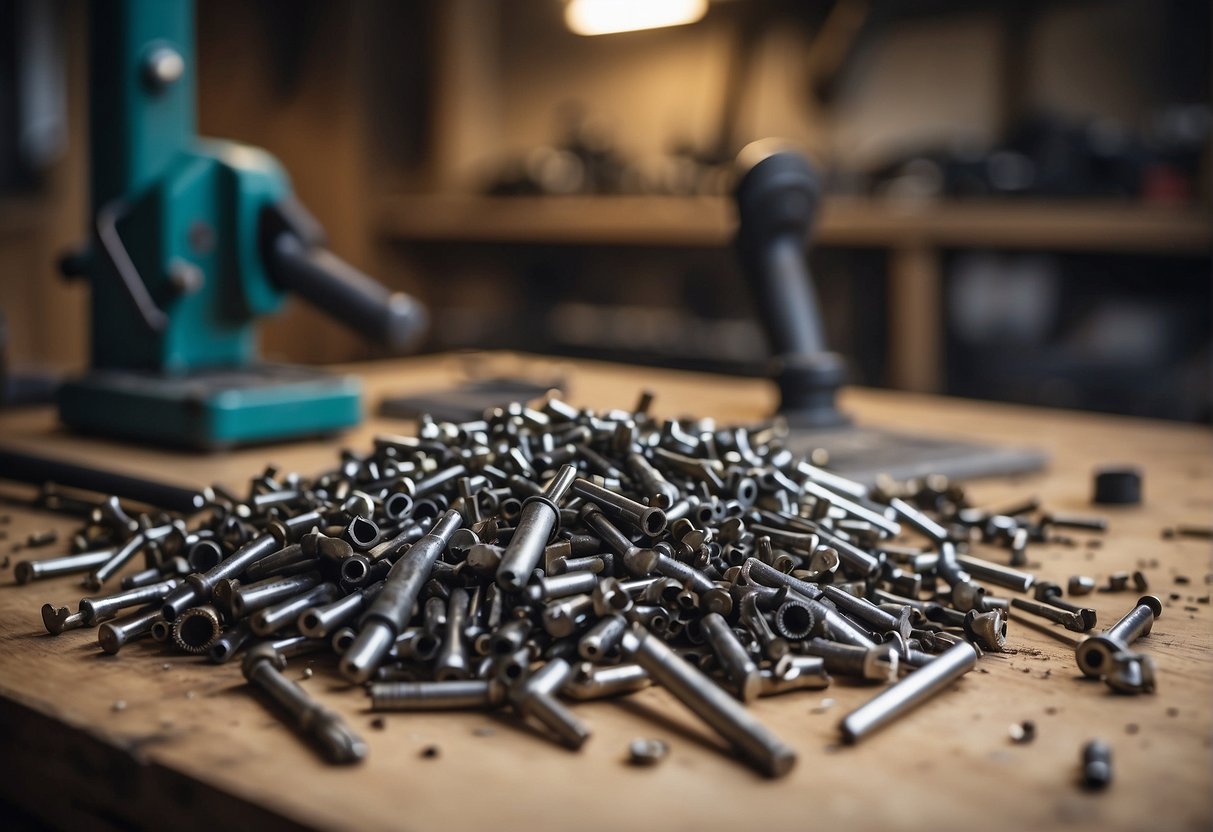As someone who has used drills for various DIY projects, one of the questions I often ask myself is, “How long do drill bits last?” It is a valid question since drill bits can be quite expensive, and you want to make sure you get the most out of your investment. The answer to this question is not straightforward since the lifespan of drill bits can vary depending on several factors.
Factors such as the type of material being drilled, the quality of the bit, and the care and maintenance given to the bit can all affect how long a drill bit lasts. Therefore, it is essential to understand these factors to ensure that your drill bits last as long as possible. In this article, I will explore the various factors affecting drill bit longevity, how to maintain and care for drill bits, how to recognize and prevent drill bit wear, and when to replace drill bits.
Key Takeaways
- The lifespan of drill bits can vary depending on several factors such as the type of material being drilled, the quality of the bit, and the care and maintenance given to the bit.
- Proper maintenance and care can help extend the life of drill bits.
- Recognizing and preventing drill bit wear and knowing when to replace drill bits are crucial to ensure that your drill bits last as long as possible.
Factors Affecting Drill Bit Longevity
As a woodworker, I understand the importance of having high-quality and long-lasting drill bits. The longevity of drill bits is influenced by various factors, including the material and quality of the drill bits, frequency and intensity of use, and drilling techniques and usage. In this section, I will discuss each of these factors in detail.
Material and Quality of Drill Bits
The material and quality of drill bits play a significant role in determining their longevity. Drill bits are made from a range of materials, including high-speed steel (HSS), cobalt, carbide, and diamond-coated bits. Each material has varying levels of durability and resistance to wear. High-quality drill bits made from durable materials, such as carbide, can last longer than those made from less durable materials, such as HSS.
Frequency and Intensity of Use
Another factor that affects the lifespan of drill bits is the frequency and intensity of use. Regular use of drill bits can cause wear and tear, reducing their longevity. Intense use, such as drilling through hard or dense materials, can also cause drill bits to wear out faster. It is essential to use the appropriate drill bit for the job and to avoid using dull or damaged bits.
Drilling Techniques and Usage
The drilling techniques and usage also play a role in determining the longevity of drill bits. Proper drilling techniques, such as using the correct speed and pressure, can help extend the life of drill bits. It is also important to use the appropriate type of drill for the job, as using the wrong type of drill can cause excessive wear and tear on the bits.
In conclusion, the longevity of drill bits is influenced by various factors, including the material and quality of the drill bits, frequency and intensity of use, and drilling techniques and usage. By taking care of your drill bits and using them properly, you can extend their lifespan and save money in the long run.
Maintenance and Care for Drill Bits
As someone who uses drill bits regularly, I know how important it is to maintain and care for them properly. Here are some tips on how to keep your drill bits in good condition:
Proper Cleaning and Storage
After use, it’s important to clean your drill bits to remove any debris or residue that might have accumulated during drilling. You can clean them using a wire brush or a cloth with some oil. Be sure to dry them thoroughly before storing them in a dry and cool place. You can store them in a drill bit case or a drawer with compartments to keep them organized and easily accessible.
Regular Inspection and Sharpening
Inspect your drill bits regularly to check for any signs of wear and tear, such as dullness or chipping. You can sharpen them using a drill bit sharpener or a bench grinder. Be sure to follow the manufacturer’s instructions and wear protective gear, such as goggles and gloves, when sharpening them. Sharpening them regularly will ensure that they remain effective and efficient.
Lubrication and Cooling During Use
When using your drill bits, it’s important to lubricate them with oil or coolant to prevent overheating and premature wear. You can use a spray bottle or a can with a nozzle to apply the lubricant or coolant. Be sure to use the appropriate type of lubricant or coolant for the material you’re drilling. Also, try to drill at a slower speed and with less pressure to reduce the heat generated during drilling.
By following these tips, you can ensure that your drill bits last longer and perform better. Regular cleaning, inspection, sharpening, lubrication, and cooling are essential for maintaining and caring for your drill bits.
Recognizing and Preventing Drill Bit Wear
As a DIY enthusiast, I know how important it is to have a reliable drill bit. However, even the best drill bits can wear out over time due to friction and wear and tear. In this section, I will share some tips on how to recognize and prevent drill bit wear to ensure that your bits last as long as possible.
Identifying Signs of Wear and Damage
The first step in preventing drill bit wear is to know what to look for. One of the most obvious signs of wear is a dull or worn-out tip. If your bit is not cutting as smoothly as it used to, it may be time to replace it. You should also inspect your bit for damage, such as chips or cracks, which can cause the bit to break during use.
Another factor to consider is excessive heat. Overheating can cause your bit to become brittle and break more easily. If you notice that your bit is getting excessively hot during use, it may be time to switch to a bit with a different coating or material that can handle higher temperatures.
Preventing Overheating and Breakage
To prevent overheating and breakage, there are a few things you can do. First, make sure to lubricate your bit before use to reduce friction and heat. You can use a lubricant specifically designed for drilling or even just a small amount of oil.
Another way to reduce heat is to use the correct speed and pressure when drilling. If you are drilling too fast or applying too much pressure, you can generate excessive heat and cause your bit to wear out more quickly. Always follow the manufacturer’s recommendations for speed and pressure to ensure that your bit lasts as long as possible.
Finally, it’s important to inspect your bits regularly for signs of wear and damage. This will allow you to catch any issues early on and replace your bit before it becomes unusable. By taking these steps, you can ensure that your drill bits last as long as possible and that you get the most out of your investment.
In summary, recognizing and preventing drill bit wear is an important part of any DIY project. By inspecting your bits regularly, lubricating them before use, and using the correct speed and pressure, you can help prevent overheating and breakage and ensure that your bits last as long as possible.
Extending the Life of Drill Bits
As a woodworking enthusiast, I know how frustrating it can be when your drill bits give up on you in the middle of a project. Drill bits have a limited lifespan, but there are ways to extend their longevity. Here are some tips to help you get the most out of your drill bits:
Choosing the Right Drill Bit for the Material
The type of material you are drilling through will determine the type of drill bit you should use. Using the wrong drill bit can cause damage to the bit and reduce its lifespan. For example, if you are drilling through metal, you should use a cobalt or carbide drill bit. On the other hand, if you are drilling through wood, a high-speed steel bit will suffice. Always choose the right drill bit for the material you are working with.
Adjusting Drilling Speed and Pressure
Drilling at the correct speed and pressure will help extend the lifespan of your drill bits. If you drill too fast or apply too much pressure, you risk damaging the bit. This can cause the bit to overheat and wear out faster. On the other hand, drilling too slow can also cause damage to the bit. Always follow the manufacturer’s recommendations for drilling speed and pressure.
Effective Use of Cutting Oils and Lubricants
Using cutting oils and lubricants can help reduce friction and heat buildup during drilling. This can help extend the lifespan of your drill bits. When drilling through metal, use a cutting oil to help keep the bit cool and lubricated. When drilling through wood, use a lubricant such as wax or soap to help reduce friction.
By following these tips, you can extend the lifespan of your drill bits and improve their efficiency and performance. Always choose the right drill bit for the specific material you are working with, adjust your drilling speed and pressure accordingly, and use cutting oils and lubricants effectively.
When to Replace Drill Bits
As a woodworking enthusiast, I know how important it is to have good quality drill bits that perform well. However, even the best drill bits have a limited lifespan and must be replaced eventually. In this section, I will explain how to assess the dullness and edge integrity of drill bits and the impact of poor performance on projects.
Assessing Bit Dullness and Edge Integrity
One of the most common reasons to replace drill bits is dullness. Over time, drill bits become dull and lose their sharpness, which can lead to poor-quality holes and poor drilling performance. It’s important to assess the dullness of your drill bits regularly to ensure that they are still performing well.
To assess the dullness of a drill bit, you can examine the cutting edge for signs of wear and tear. If the edge is chipped or worn out, it’s time to replace the drill bit. You can also test the sharpness of the bit by drilling into a piece of scrap wood. If the bit struggles to cut through the wood or produces poor-quality holes, it may be time to replace it.
Impact of Poor Performance on Projects
Using worn-out drill bits can have a significant impact on the quality of your projects. Poor-quality holes can cause screws or nails to loosen over time, which can compromise the strength of your project. In addition, poor drilling performance can make it difficult to achieve the precision and accuracy you need for certain projects.
To avoid these issues, it’s important to replace drill bits regularly and maintain a good supply of high-quality bits. By doing so, you can ensure that your projects are strong, precise, and of the highest quality.
In conclusion, assessing the dullness and edge integrity of drill bits is an essential part of maintaining good drilling performance. By replacing worn-out bits regularly and maintaining a good supply of high-quality bits, you can ensure that your woodworking projects are of the highest quality.
Frequently Asked Questions
What factors determine the lifespan of a carbide drill bit?
The lifespan of a carbide drill bit depends on several factors, including the quality of the material used to manufacture the bit, the frequency of use, and the type of material being drilled. Carbide drill bits are known for their durability and can last up to 10 times longer than standard high-speed steel bits. However, the lifespan of a carbide bit can be shortened if it is exposed to high heat or if it is used to drill through harder materials like steel or concrete.
How can you extend the life of a masonry drill bit?
Masonry drill bits are designed to drill through tough materials like brick, concrete, and stone. To extend the life of a masonry drill bit, it is important to use the correct type of bit for the material being drilled. Additionally, it is recommended to use a slow speed and apply light pressure while drilling to avoid overheating the bit. It is also important to keep the bit clean and free of debris to prevent it from becoming dull.
What are the signs that indicate a drill bit has become dull?
A dull drill bit can make drilling more difficult and can result in a poor quality hole. Signs that a drill bit has become dull include a decrease in drilling speed, an increase in the amount of force required to drill, and a decrease in the quality of the hole being drilled. Additionally, a dull drill bit may produce a lot of heat and create a lot of debris.
How frequently should cobalt drill bits be replaced under regular use?
Cobalt drill bits are known for their durability and can last up to 10 times longer than standard high-speed steel bits. However, the lifespan of a cobalt bit can be shortened if it is exposed to high heat or if it is used to drill through harder materials like steel or concrete. It is recommended to replace cobalt drill bits after 25 to 50 holes, depending on the frequency of use and the type of material being drilled.
Can you sharpen drill bits, and how does this affect their longevity?
Yes, drill bits can be sharpened to extend their lifespan. However, sharpening a drill bit can also reduce its lifespan if it is not done correctly. It is important to use the correct type of sharpening tool and to follow the manufacturer’s instructions carefully. Additionally, over-sharpening a drill bit can cause it to become too thin and break more easily.
What is the average lifespan of a drill bit when used on metal surfaces?
The lifespan of a drill bit when used on metal surfaces depends on several factors, including the quality of the bit, the type of metal being drilled, and the frequency of use. On average, a high-quality drill bit can last between 50 and 100 holes when used on metal surfaces. However, the lifespan of a drill bit can be shortened if it is exposed to high heat or if it is used to drill through harder metals like stainless steel.

Hi, I’m Sal Muller of Tooltrip.com. My DIY experience led me to understand essential power tools for home projects. Tooltrip.com guides enthusiasts and professionals in choosing right tools for any job. I provide concise top tool reviews for easier, efficient DIY.

